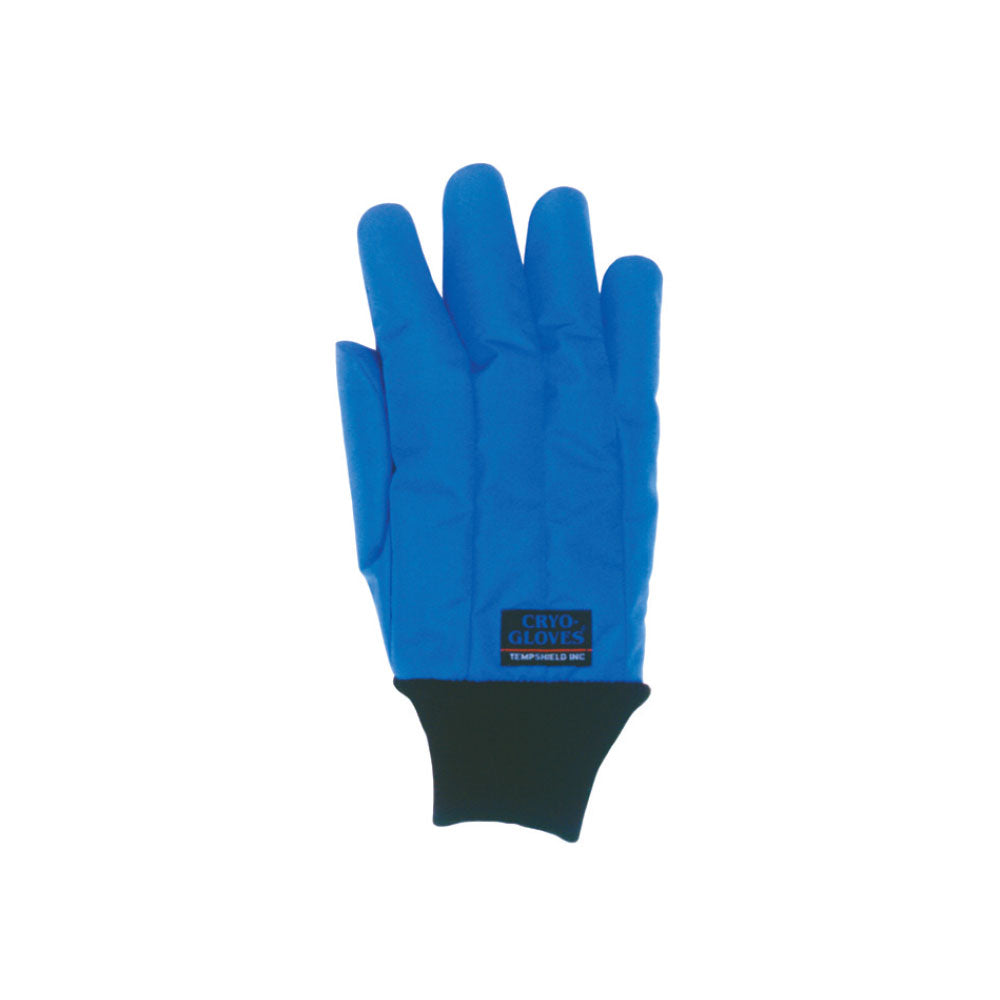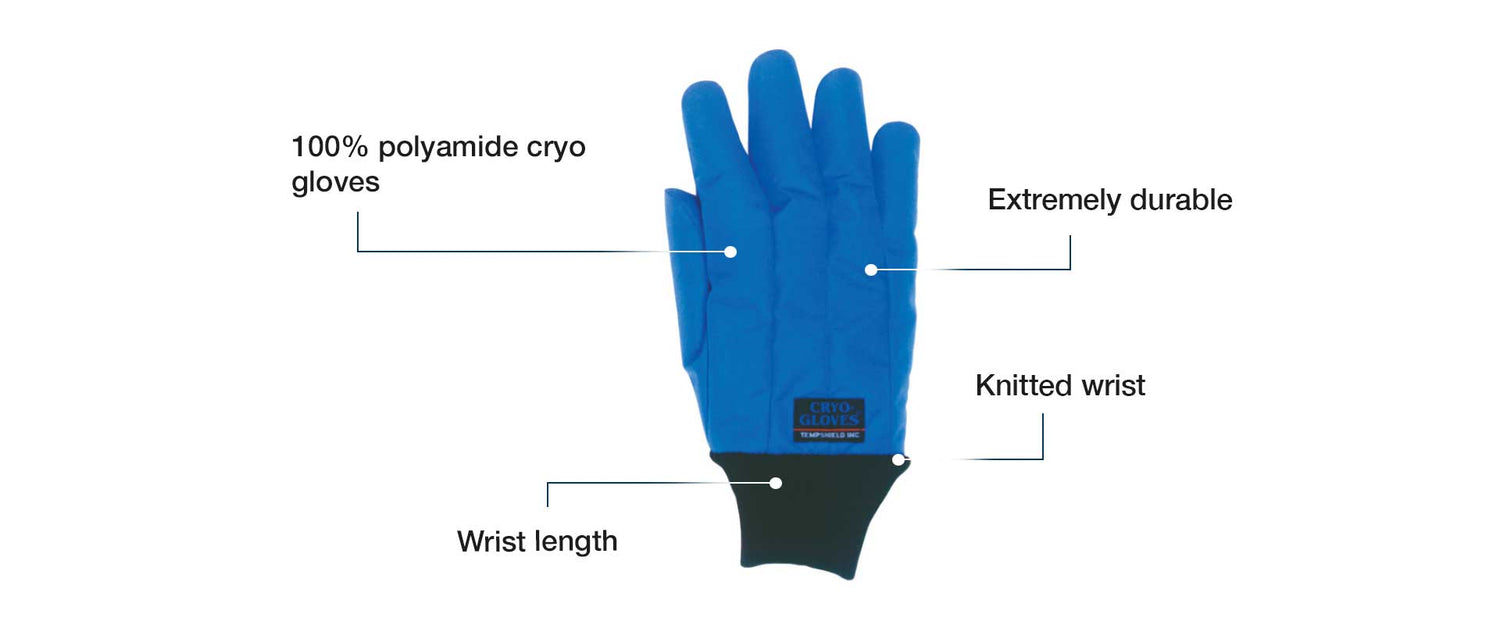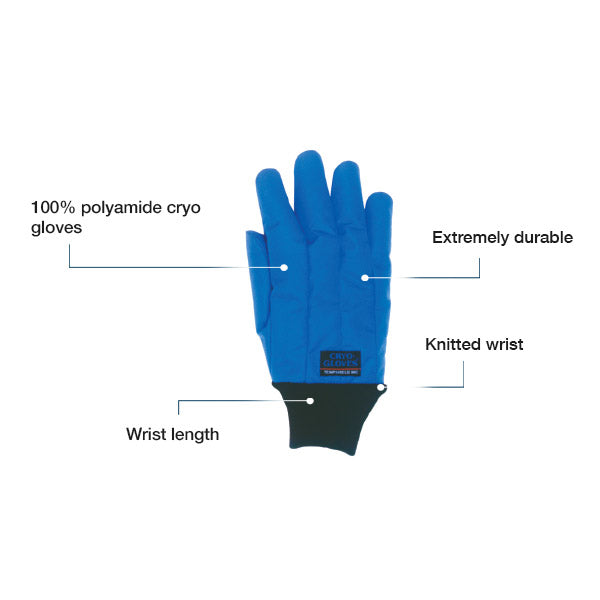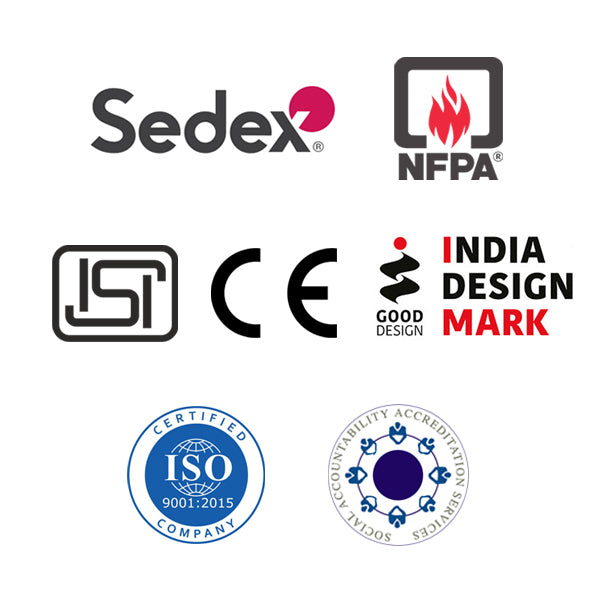CRWR
Share
Cryogenic gloves
- Wrist length cryogenic gloves generally used along with cryogenic apron while working with cryogenic liquids.
- Knitted wrist
- 100% polyamide cryo glove
- Superior thermal protection
- Extremely durable
Cold
Cold & Chill
Select Size
CRWR

Size Chart
How to Measure
CRWR

CRWR

CE, EN 388, EN 511
Delivery & Services

Easy Return
with our 15 days return poicy
Regular price
Rs. 0
Sale price
Rs. 0
Regular price

ABOUT THE DESIGN

USEFUL IN THESE INDUSTRIES
HEALTHCARE
PHARMA
BIOTECHNOLOGY

Product Features
ABOUT THE DESIGN

USEFUL IN THESE INDUSTRIES
HEALTHCARE
PHARMA
BIOTECHNOLOGY
Product Details
























